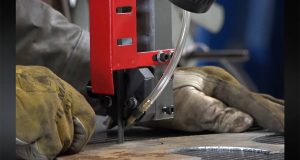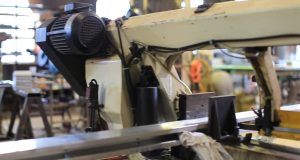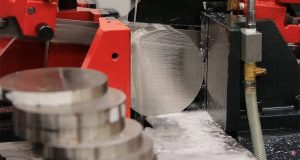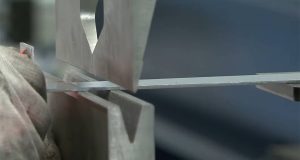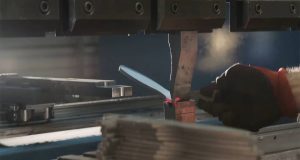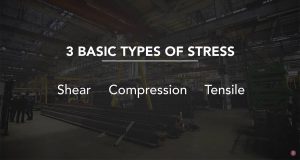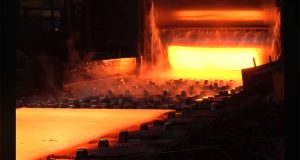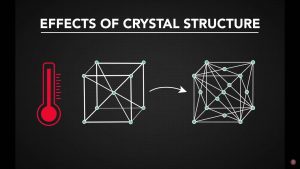Understanding Band Sawing
Band saws are a staple in many workshops due to their versatility and efficiency. These saws feature a long, pliant, continuous blade that runs through two opposing wheels, allowing them to perform a variety of cutting tasks. Band saws like trajan can be operated in various positions, including vertically and horizontally, and some models can even cut at a 45-degree angle, making them perfect for contouring odd shapes.
With advancements in technology, modern band saws now come equipped with automated stock feeds and computerized controls, significantly enhancing their efficiency. This innovation has made band saws the preferred choice for many workshops. They are particularly valued for their precision, which is essential for detailed and intricate cuts. Additionally, band saws can handle a wide range of materials, including wood, metal, and plastic, making them indispensable in metalworking, woodworking, and fabrication settings. All informations and a video to help you here.
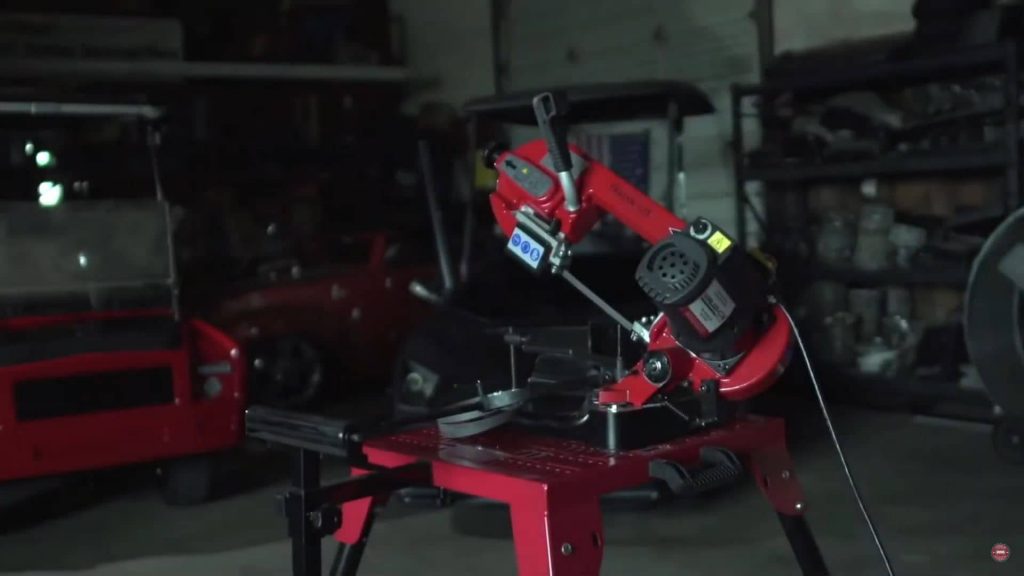
Applications of Band Saws:
- Precision Cutting: Ideal for detailed and intricate cuts.
- Material Variety: Suitable for cutting wood, metal, and plastic.
- Workshop Essential: Commonly found in metalworking, woodworking, and fabrication shops.
Exploring Friction Sawing
Friction sawing, on the other hand, utilizes a different approach. This method involves the generation of heat just ahead of the blade’s edge, which softens the material and makes it easier to cut. Friction sawing can be employed with both circular saws and band saws. This technique is especially useful for cutting harder materials where traditional sawing methods might struggle. The heat generated during the process helps to reduce resistance, allowing for a smoother cut through tough materials.
Benefits of Friction Saws:
- Ease of Cutting: Heat makes cutting tough materials easier.
- Speed: Often faster for certain heavy-duty applications.
- Durability: Less wear on the blade when cutting hard materials.
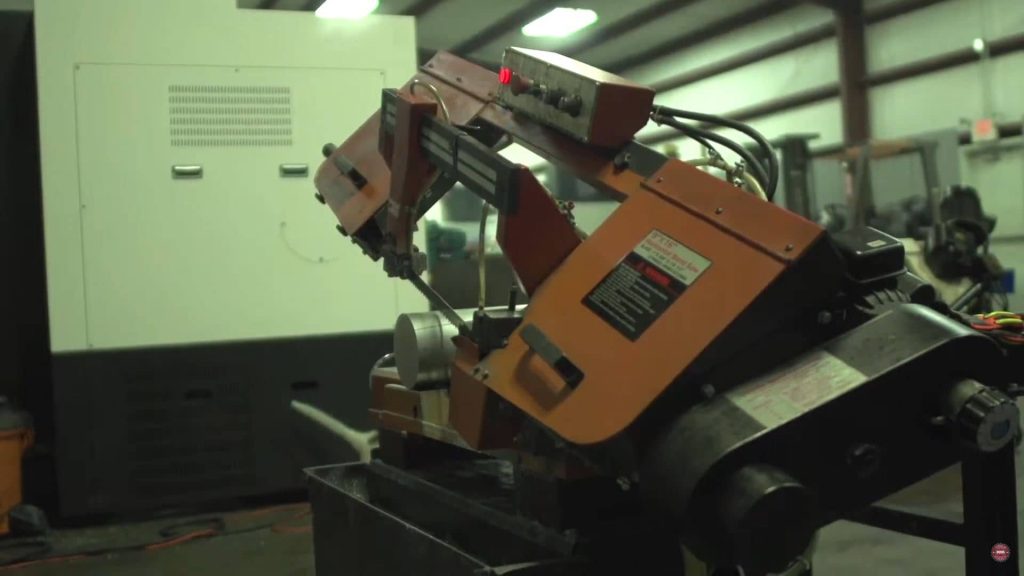
Key Differences Between Band Sawing and Friction Sawing
The primary difference between band sawing and friction sawing lies in their cutting mechanisms. Band sawing relies on the continuous movement of the blade through the material, providing precision and versatility. In contrast, friction sawing uses heat to assist in cutting, which can be particularly beneficial for harder materials.
When it comes to material handling, band saws excel in cutting a wide range of materials with high precision, making them suitable for diverse workshop applications. Friction sawing, however, is best suited for materials that benefit from the heat-assisted cutting process, such as certain metals.
Differences at a Glance:
- Blade Mechanics:
- Band Sawing: Continuous blade movement through material.
- Friction Sawing: Heat-assisted cutting for tougher materials.
- Material Handling:
- Band Sawing: Versatile for various materials.
- Friction Sawing: Ideal for heat-sensitive cutting tasks.
Application Scenarios
Band sawing is preferred in settings that require precise and varied cuts. The ability to automate many band saws makes them ideal for high-volume cutting tasks, improving productivity and efficiency. This method is widely used in workshops that handle different types of materials, from wood and metal to plastic.
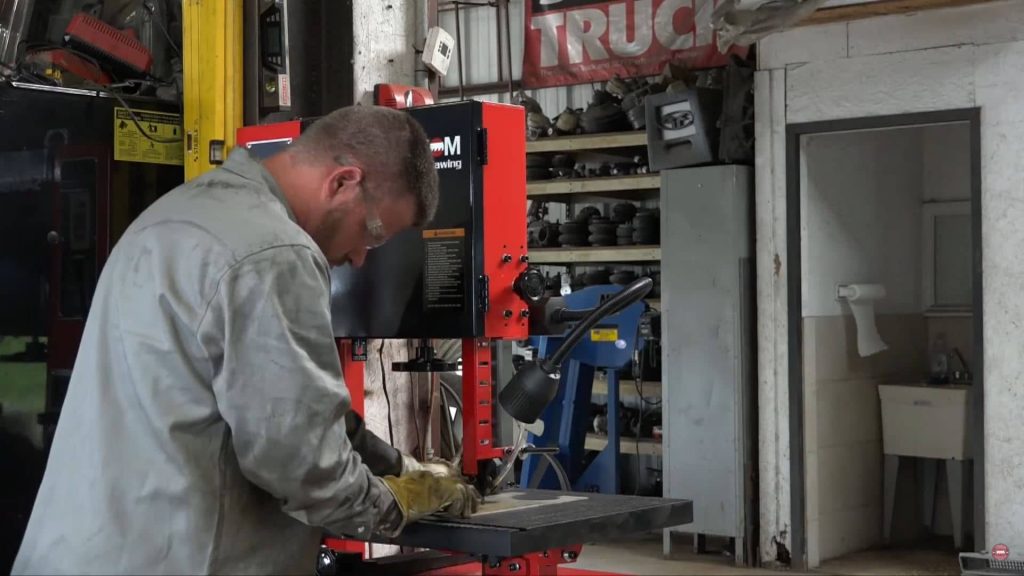
Band Sawing Applications:
- Workshop Versatility: Preferred in settings requiring precise and varied cuts.
- Automation: Ideal for high-volume cutting tasks.
Friction sawing is often employed in industrial applications that require cutting through tough materials quickly. The heat generated by the friction saw eases the cutting process, making it faster for certain heavy-duty applications. This method is particularly advantageous for specialized tasks in industrial settings where traditional sawing methods may not be as effective.
Friction Sawing Applications:
- Heavy-Duty Cutting: Ideal for tougher materials where heat assists in cutting.
- Specialized Industrial Tasks: Used in specific industrial applications requiring efficient cutting.
Choosing the Right Sawing Method
When deciding between band sawing and friction sawing, consider the specific needs of your project and the materials you work with. Band sawing is ideal for projects requiring detailed and precise cuts across various materials. It’s also suitable for workshops with high-volume cutting needs, thanks to its automation capabilities.

Considerations for Band Sawing:
- Project Complexity: Ideal for projects requiring intricate and precise cuts.
- Material Variety: Suitable for workshops dealing with different types of materials.
- Volume: Best for high-volume cutting with automation capabilities.
Friction sawing, on the other hand, is perfect for cutting tougher materials that benefit from heat-assisted cutting. It’s also a great choice for tasks that need quicker cuts and for specialized industrial applications. Understanding these differences will help you choose the right method for your workshop or industrial setting.
Explore Further: Figuring Out Tooth Spacing for Optimal Cutting
For those looking to enhance their cutting techniques even further, we recommend reading our article “Figuring Out Tooth Spacing for Optimal Cutting.“ This guide delves into the importance of selecting the right tooth spacing for your saw blades to achieve the best cutting results. Understanding tooth spacing can significantly impact the efficiency and quality of your cuts, whether you’re working with wood, metal, or other materials. Visit the article to gain insights and tips on optimizing your cutting processes and ensure you’re getting the most out of your saw blades.
Watch the Video: Band Sawing & Friction Sawing by SawbladeUniversity
To gain a deeper understanding of the differences and applications of band sawing and friction sawing, check out this informative video by SawbladeUniversity: “1050 – 05 – Band Sawing & Friction Sawing”. The video provides a visual comparison and practical insights into both methods, helping you to choose the best technique for your specific needs. Watch it now to enhance your knowledge and improve your workshop practices.
Considerations for Friction Sawing:
- Material Hardness: Perfect for materials that benefit from heat-assisted cutting.
- Speed Requirements: Suitable for tasks needing quicker cuts through tough materials.
- Industrial Applications: Often used in specialized industrial cutting processes.
In conclusion, both band sawing and friction sawing offer unique benefits and are suited to different types of cutting tasks. By understanding your project requirements and the materials you are working with, you can select the appropriate sawing method to achieve the best results. Whether you need the precision and versatility of band sawing or the efficiency of friction sawing, each method provides valuable advantages for various applications.

